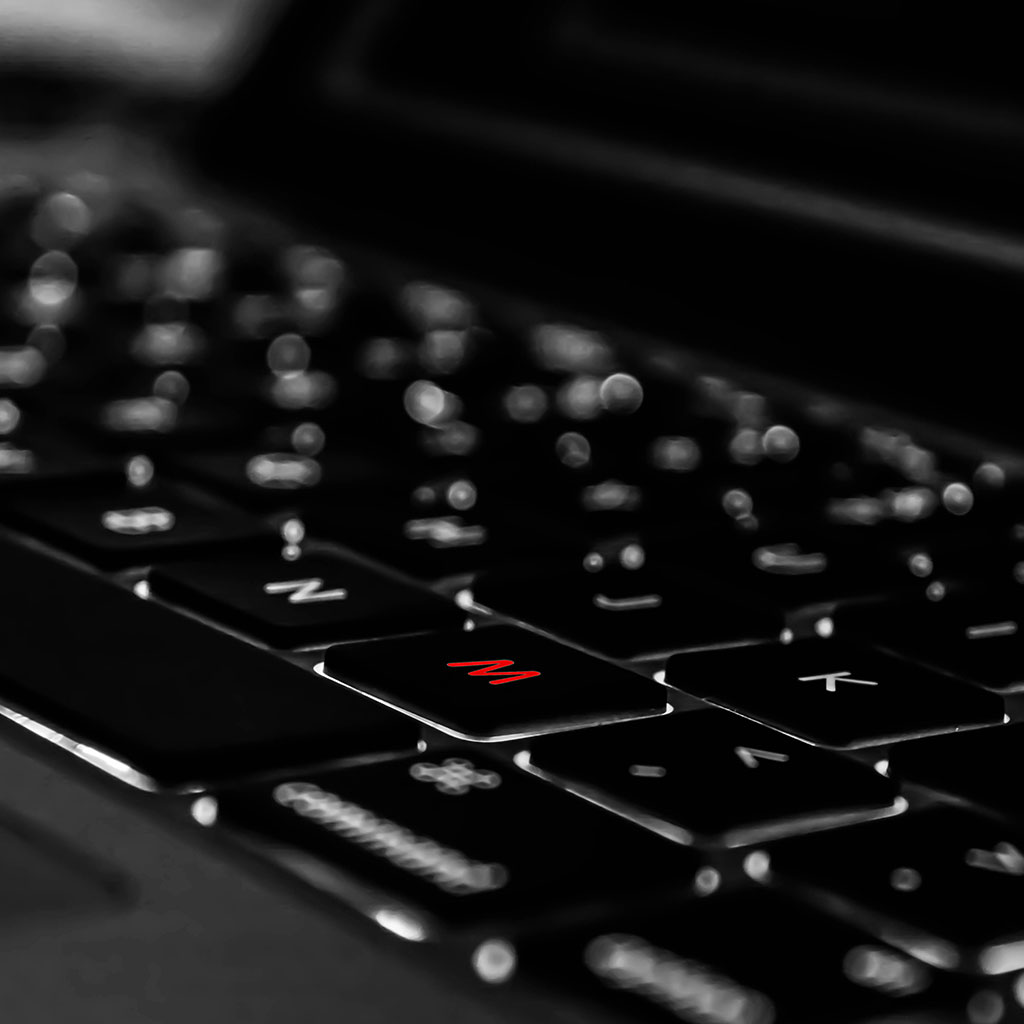How to charge MacBook Air without magnetic charger?
How to charge MacBook Air without magnetic charger?
Charging a MacBook Air without its magnetic charger requires alternative methods. Explore efficient ways to power up your MacBook Air when the magnetic charger is unavailable in this insightful guide.
Unlock the secret to charging your MacBook Air without the magnetic charger!
Charging a MacBook Air without its magnetic charger involves exploring alternative methods to power up the device when the original charger is not available. Here are several effective options:
- USB-C Charger or Power Adapter:
- Use a USB-C charger or power adapter compatible with the MacBook Air’s USB-C charging port. Ensure the USB-C charger’s wattage and voltage output are suitable for the MacBook Air’s requirements.
- Connect the USB-C charger or adapter to the MacBook Air’s USB-C port, providing power to charge the device.
- USB-C Power Bank with Power Delivery (PD):
- Utilize a USB-C power bank equipped with Power Delivery (PD) functionality. Choose a power bank with sufficient capacity and power output to charge the MacBook Air.
- Connect the USB-C power bank to the MacBook Air using a USB-C to USB-C cable, allowing for charging while on the go or away from power outlets.
- USB-A to USB-C Adapter with USB-A Charger:
- If a USB-C charger isn’t available, use a USB-A to USB-C adapter along with a USB-A charger or power source.
- Connect the USB-A to USB-C adapter to the USB-A charger and then plug the USB-C end into the MacBook Air’s USB-C port to initiate charging. Note that charging via USB-A might provide slower charging speeds compared to USB-C.
- MagSafe to USB-C Converter:
- Consider a MagSafe to USB-C converter or adapter if you have access to a MagSafe charger from an older MacBook model.
- Attach the MagSafe converter to the MacBook Air’s charging port and connect the USB-C end to a USB-C charger or power source for charging.
- Caution and Compatibility:
- Ensure the alternative charger or adapter is compatible with the MacBook Air’s power requirements to prevent damage to the device’s battery or components.
- Using certified chargers, adapters, or power sources from reputable brands is recommended to maintain safety and prevent potential issues during charging.
While charging the MacBook Air without its magnetic charger is possible through various alternative methods, ensuring compatibility, sufficient power output, and quality of the charging source or adapter is crucial to avoid potential damage and maintain the device’s battery health.
How effective are USB-C chargers, USB-C power banks, or other adapters in charging the MacBook Air?
USB-C chargers, power banks, and adapters are generally effective in charging the MacBook Air, providing versatile solutions when the original magnetic charger is unavailable. USB-C chargers designed for the MacBook Air deliver power through the USB-C port, allowing users to charge their laptops efficiently. These chargers offer a temporary solution for users who might not have access to the original charger, ensuring the MacBook Air’s battery receives the necessary power for continued use. USB-C power banks equipped with Power Delivery (PD) functionality provide a portable and convenient charging option on the go. Offering a temporary power source, these power banks connect to the MacBook Air’s USB-C port using a USB-C to USB-C cable, providing a reliable method to charge the laptop outside of a traditional power outlet.
Moreover, adapters such as USB-A to USB-C converters enable charging through USB-A ports when necessary. While USB-A ports might provide a temporary solution, charging via USB-A may offer slower charging speeds compared to USB-C. It’s important to note that while these alternatives provide effective charging, using non-certified or incompatible USB-C chargers, power banks, or adapters may potentially lead to battery damage or affect the laptop’s battery life over time. Nonetheless, USB-C technology offers a sleek design and versatility, allowing users to charge their MacBook Airs conveniently and accessibly in various situations, serving as valuable alternatives in situations where the original MagSafe cable or charger isn’t available.
How to safely use these converters for the MacBook Air?
When using converters or adapters for charging the MacBook Air, several precautions should be considered to ensure compatibility and safe charging without risking damage to the laptop or its battery. Firstly, it’s crucial to use certified and reputable converters or adapters that are explicitly designed for MacBook Air compatibility. This ensures that the USB-C converter or adapter aligns with the MacBook Air’s power requirements, preventing potential issues related to incompatible power delivery or voltage mismatch, which could otherwise damage the laptop’s battery or components. Additionally, ensure the converter or adapter fits securely into the USB port without forcing it, as a loose connection might lead to unreliable charging or interruptions.
Furthermore, while these converters offer a temporary solution, it’s essential to monitor the MacBook Air during charging to detect any irregularities, overheating, or unexpected behaviors. Avoid using adapters or converters that show signs of wear, damage, or overheating during charging, as these issues might compromise the safety and effectiveness of charging the laptop. Always prioritize safety and the MacBook Air’s battery health by opting for certified adapters or converters, ensuring a secure connection to the USB port, and avoiding prolonged reliance on converters as the primary charging method to maintain the laptop’s battery power and overall battery life.





You must be logged in to post a comment.